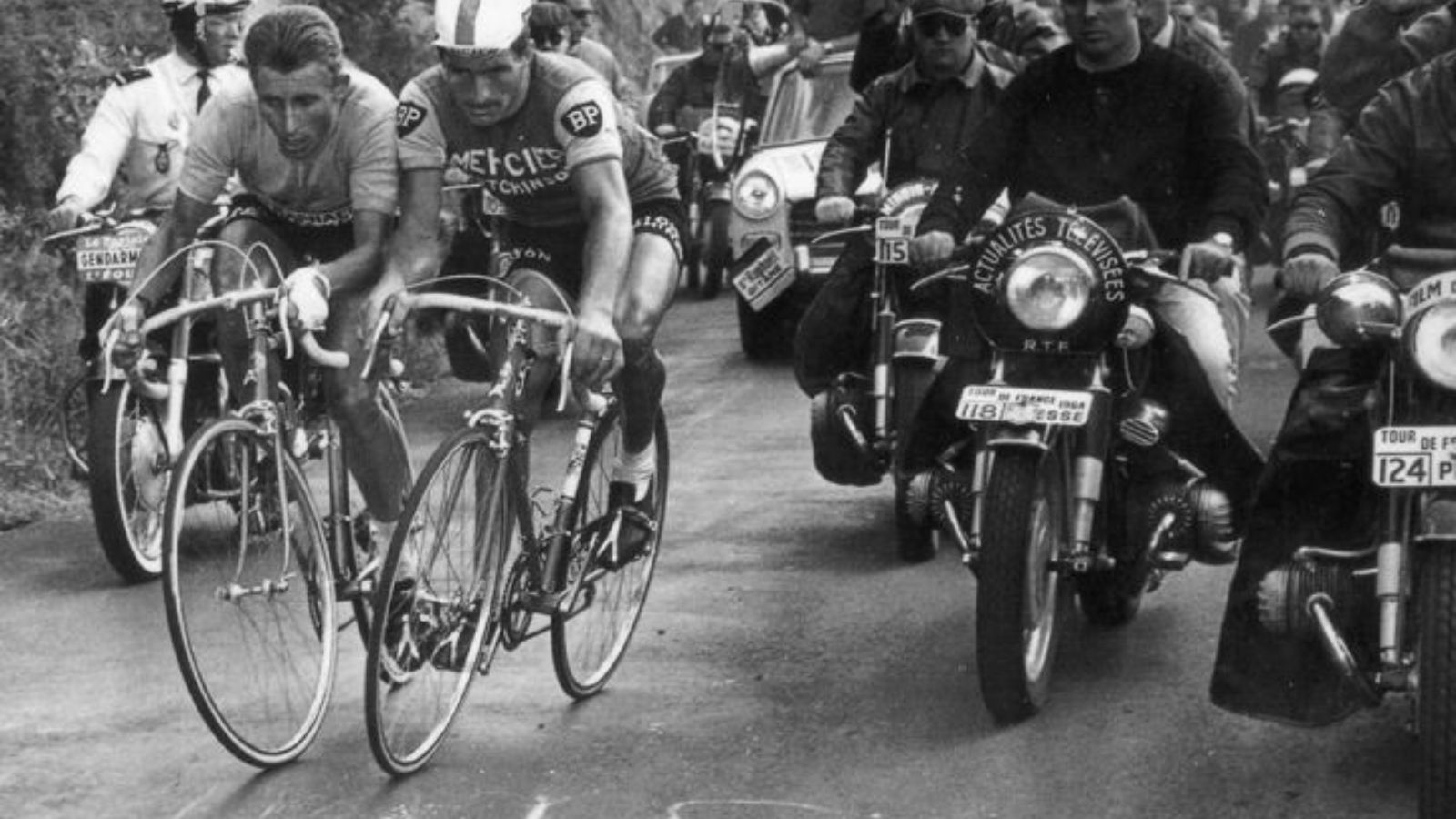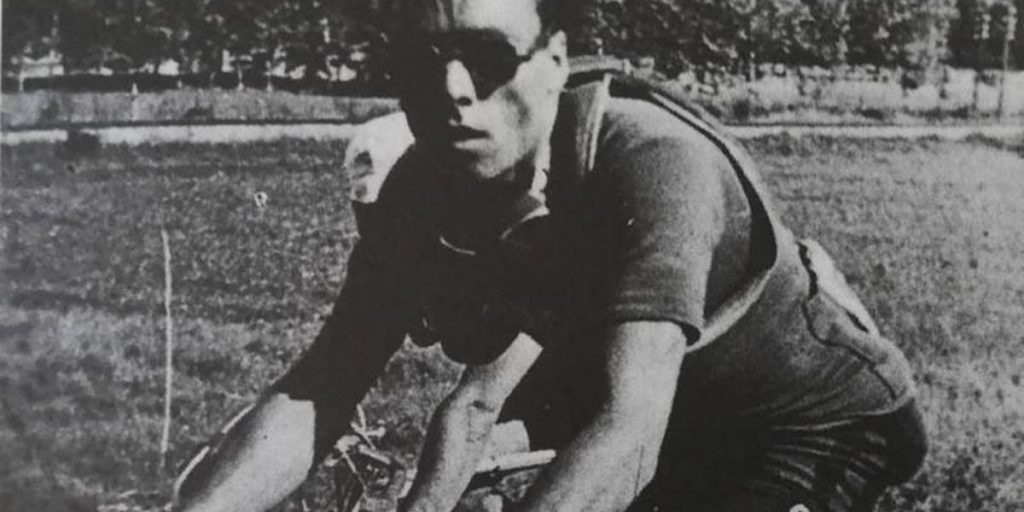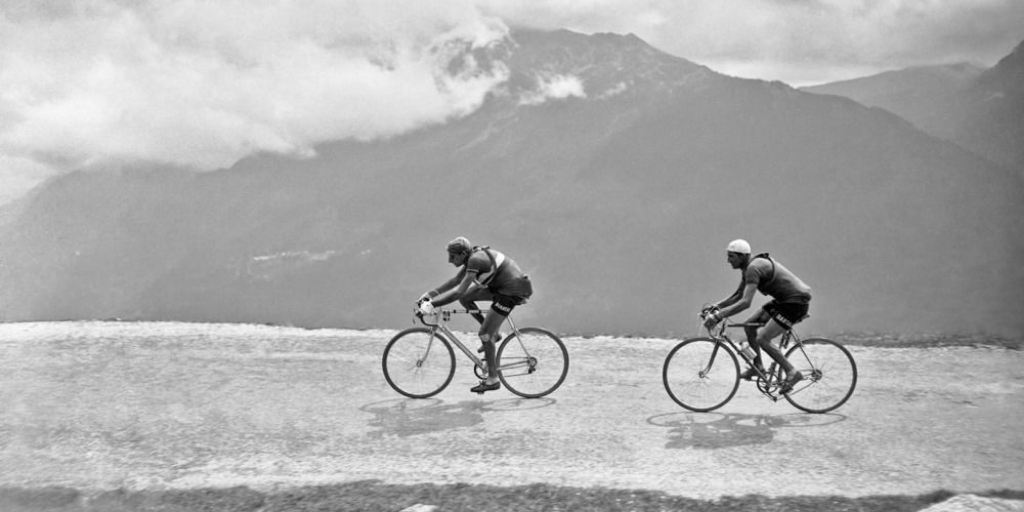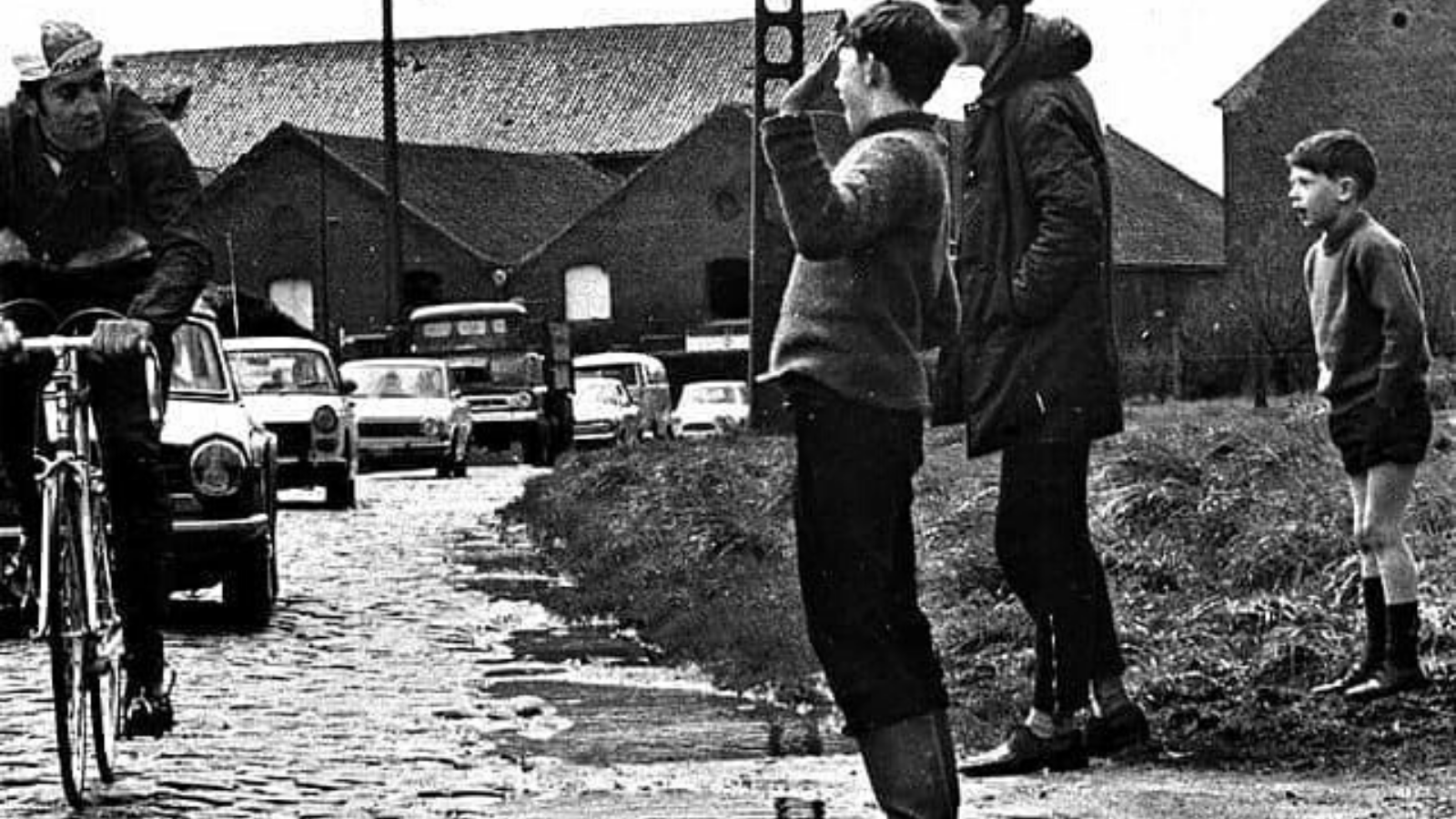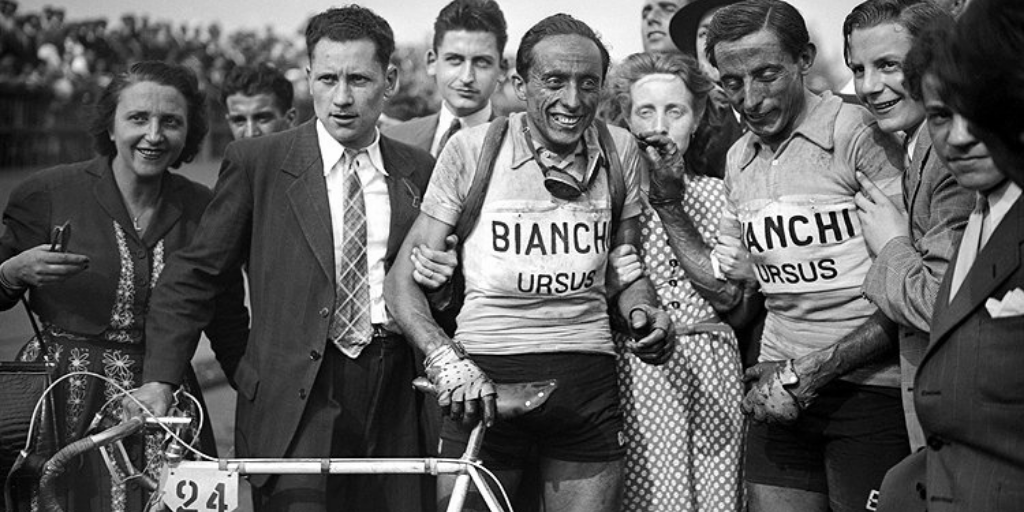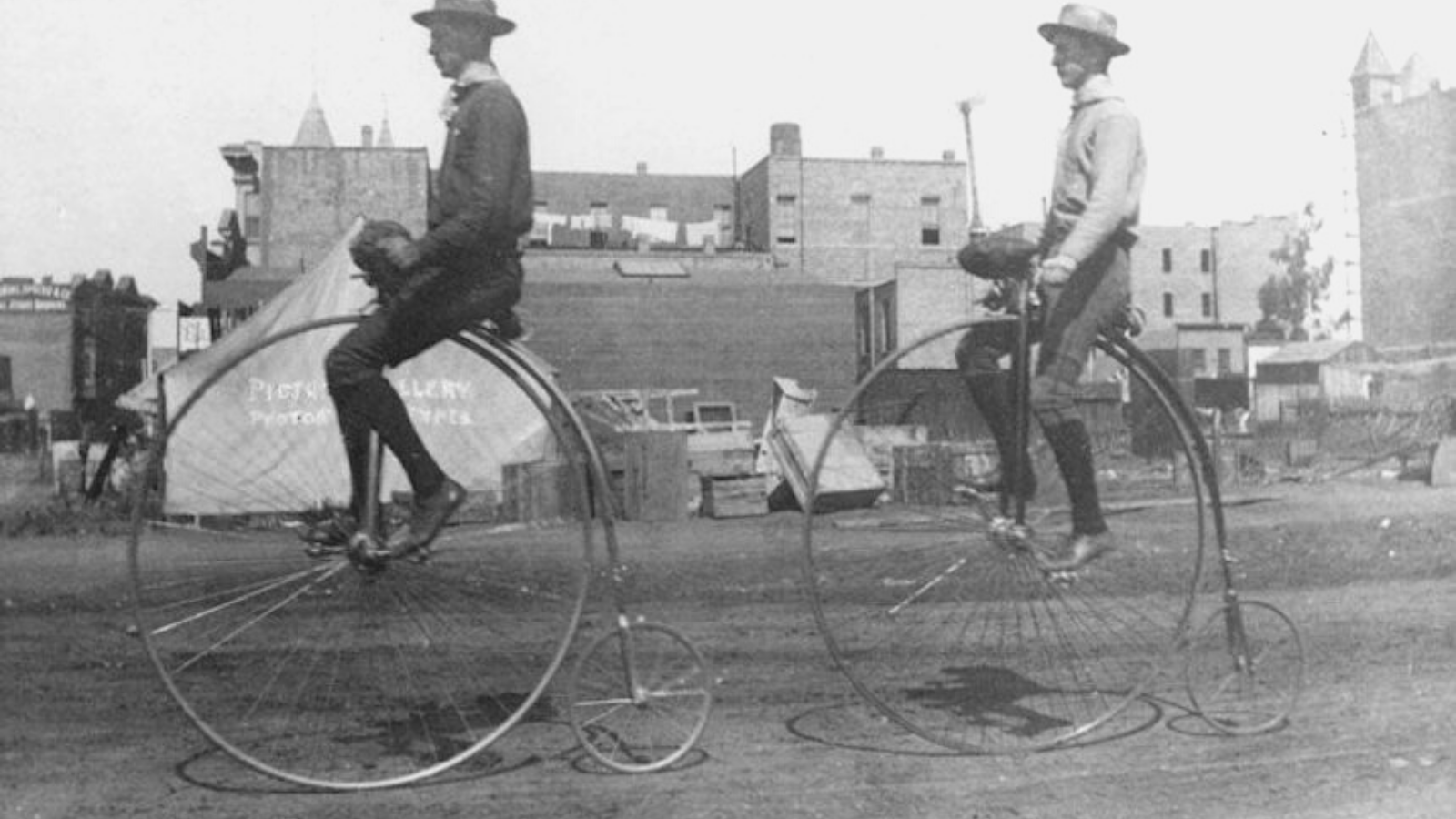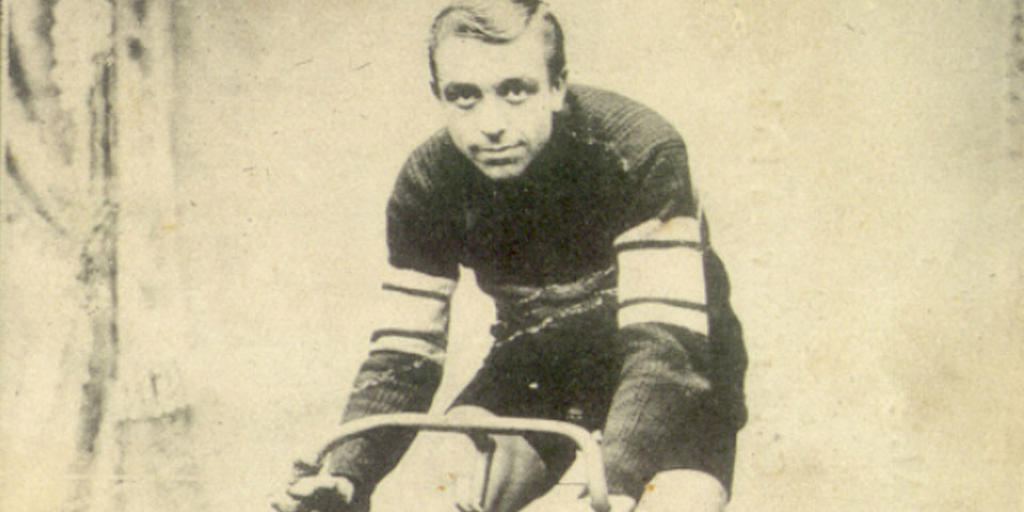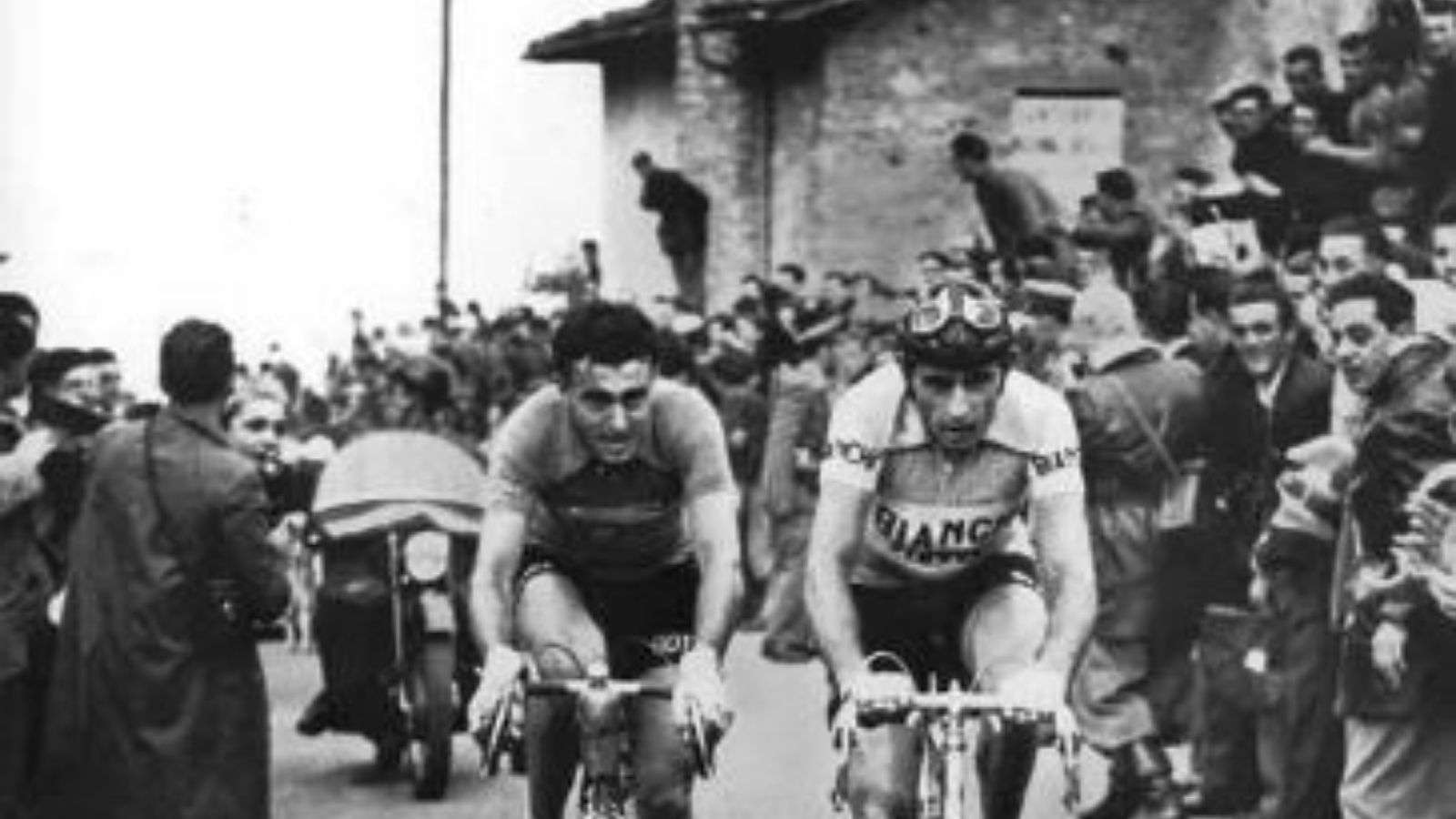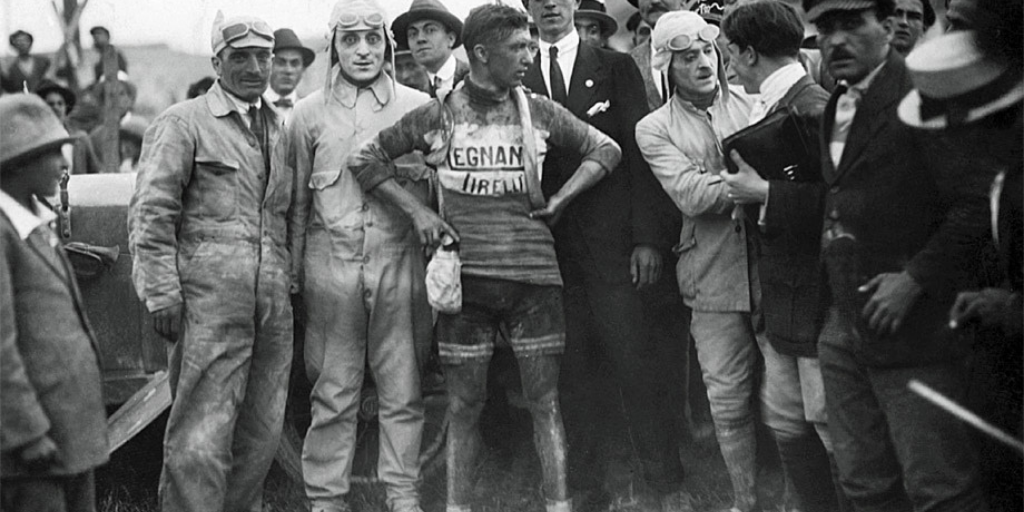Iconic Tour de France places: Puy de Dôme
Tour de France 2023 presented a great gift for every road cycling history fans: after 35 years Puy de Dôme was reintroduced to the race. Although the 9th stage of Tour de France 2023 was only the 14th appearance of the ascent, it became one of the most iconic places in the history road cycling thanks mainly to the epic battle between Jacques Anquetil and Raymond Poulidor in 1964. Nestled in the heart of the Massif Central in central France, Puy de Dôme is a lava dome and one of the youngest volcanoes in the Chaîne des Puys region. The ascent was introduced to Tour de France in 1952 and had frequent appearance until 1988.… Read More »Iconic Tour de France places: Puy de Dôme
